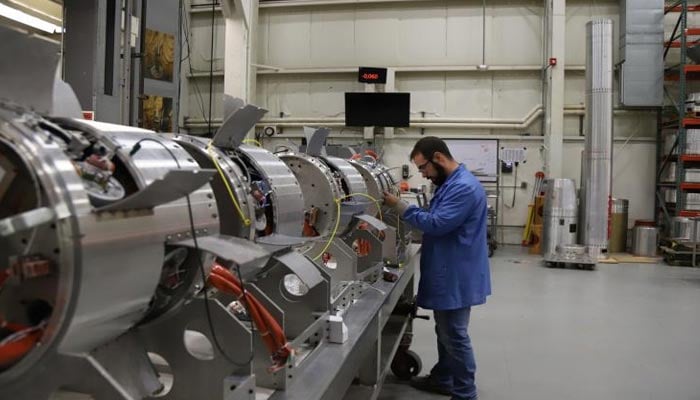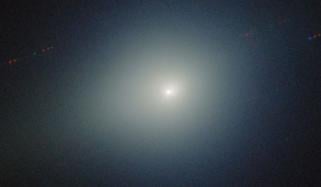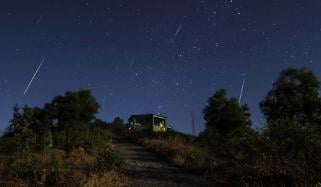
NASA is set to kick off an important mission in Alaska, aiming to comprehend how auroral substorms impact the Earth’s upper atmosphere.
The agency will deploy three rockets within a short window to observe the movement of air and changes in composition at higher altitudes.
Related: NASA, Boeing to test Starliner for next flight in early 2026
Study aim and launch plan
Reports from the experiment named Auroral Waves Excited by Substorm Onset Magnetic Events (AWESOME) suggested the rockets will deploy from the Poker Flat Research Range.
The facility, situated 20 miles north of Fairbanks, is managed by the University of Alaska Fairbanks under a NASA contract.
NASA will use four-stage and two two-stage rockets; all of these rockets will release tracers in pink, blue and white shades at different altitudes.
Scientific goals and observations
University of Alaska Fairbanks space physics professor Mark Conde will lead the project that aims to discover the effect of auroras on air movement.
One theory proposed vertical convection plays a significant role, while other suggested that acoustic-buoyancy waves cause a wider atmospheric impact.
A team of researchers will diligently monitor the launches from different sites in Alaska such as Utqiagvik, Kaktovik, and Toolik Lake.
The results may provide brief insight about space weather forecasting, and how auroral events change atmospheric conditions.
Related: NASA unveils plans for astronauts after 9-month space stint















